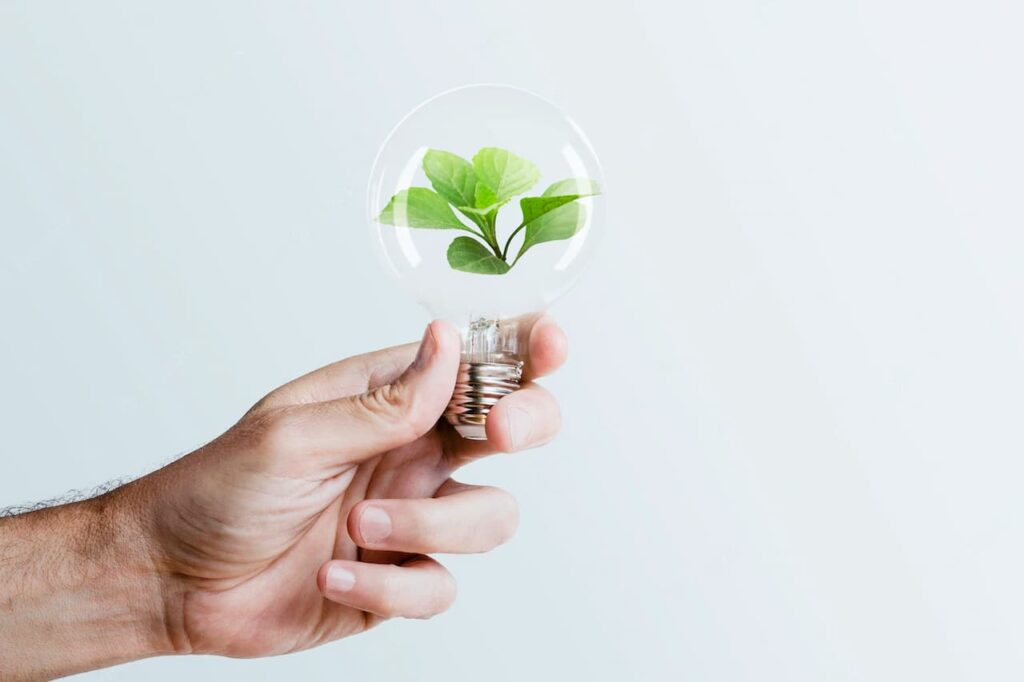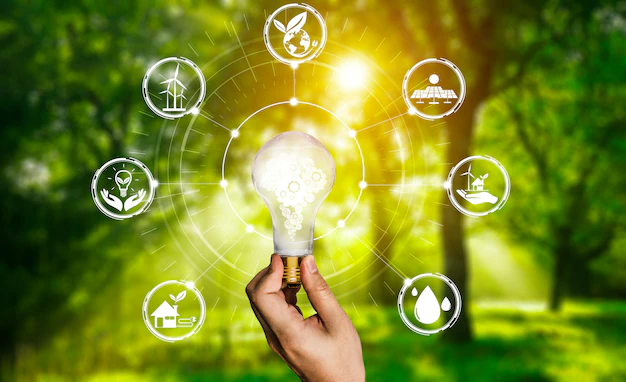To obtain any energy, a certain source is needed. As you know, there are traditional and non-traditional energy sources. They are usually called alternatives. The extraction methods and energy use differ depending on the type of alternative sources. Together with the reduction of harm to the environment, new energy resources are expected to have the lowest cost of all cycles of transportation, processing and production.
Energy problems come to the fore in the world among the most important issues and tasks to be solved by society in the 21st century.
The direction of development of renewable energy resources
In addition to the potential and degree of technology development, the efficiency of using various alternative types of energy is influenced by the intensity of the energy source.
- Finland, Sweden, Canada, and Norway – massive use of solar power plants;
- Japan – efficient use of geothermal energy;
- Iceland – Reykjavik geothermal heating;
- China – a successful experience in the introduction and expansion of the wind energy network, the massive use of water and solar energy;
- Portugal – efficient use of solar power plants.
Solar energy
When you install solar panels on your home, you generate your electricity, become less dependent on the electrical grid, and lower your monthly electricity bill. Recent studies have shown that the value of real estate increases after installing solar panels. In addition, the solar panels themselves are getting cheaper. The sun shines everywhere on Earth, meaning solar energy is a good option for every country, although there are differences between regions and how much sunlight they receive.
Solar panels are not suitable for all types of roofs. Some roofing materials installed in older homes, such as slate or cedar shingles, may not be ideal for installing solar panels. In addition, solar energy does not work at night. Solar households rely on utility grids for electricity at night and in other situations where sunlight is limited. Finally, the initial cost of installing and using solar energy is very high because a person must pay for the entire system – batteries, wires, solar panels, etc.
Wind Power
Windmills generate large amounts of electricity using wind and are almost as efficient as solar panels. Therefore, wind power is especially attractive for the residential real estate market. Since 1980, its prices have fallen by more than 80%. Moreover, due to technological advances and increased demand, prices are expected to decline for the foreseeable future.
The wind is not the most reliable source of energy. With its low power, turbines usually operate at about 30% of capacity. So in calm weather, you may find yourself without electricity.
Wind energy can only be used in places where the wind speed is high. Since strong winds mainly blow in remote uninhabited areas, it is necessary to build power lines to provide electricity to residential buildings in the city. And this requires additional investment.
Hydropower Energy
Hydropower is energy concentrated in the flows of water masses in channel watercourses and tidal movements. Most often, the significance of falling water is used. Dams are being built to increase the difference in water levels, especially in the lower reaches of rivers. Hydro energy can be converted into mechanical or electrical energy using hydro turbines.
Storage hydropower plants can generate electricity on demand, allowing hydroelectric power plants to replace traditional dispatch generators such as coal and gas. However, accumulative hydropower plants interrupt the natural flow of the river system. This leads to disruption of animal migration routes and water quality problems.
Biofuel Energy
Biofuels are produced from organic products, the processing of which has electrical energy. Allocate solid and liquid biofuels. The first group includes firewood and fuel briquettes. Liquid biofuels are biodiesel, biobutanol, dimethyl ether, etc. Fuel can be obtained directly from biomass (plant and animal residues), which releases combustible gas during the fermentation. Such bio generators are installed in rural areas.
Wave Energy
Wave power is predictable, and you can determine the amount of energy generated. Waves have a higher energy power than, for example, wind, and this makes wave energy more efficient. Once the individual power plants are installed, they have minimal operating costs, which makes investment in them more attractive.
Although this is clean energy, its use threatens marine life and changes the seabed and the habitat of some of its inhabitants. In addition, wave energy only benefits power plants built in cities near the ocean.
Ebb and Flow Energy
The occurrence of tides is very predictable, which makes it easy to build a system of tidal power plants with the right dimensions for efficient power generation.
The service life of tidal power plants is 75-100 years. They are very effective even after many years of use. Tidal barriers lead to changes in ocean levels in coastal waters. The tidal setting also affects the salinity of the water in tidal pools. Tidal power plants can only be built on sites that meet certain criteria.
The Future Behind the Alternative

The main advantages of using alternative energy sources are:
- Resource renewal
- Environmental Safety
- Affordability
Renewable energy sources help fight climate change, which is becoming more destructive. Wind, sun, water, and other energy sources will be a good replacement for fossil fuels in the future.
The goal of alternative energy is to use renewable or virtually inexhaustible resources to generate power. A controlled reaction in a nuclear reactor also serves this purpose. Nuclear fuel is the most energy-intensive and is subject to recycling. But for certain reasons, which include safety, profitability, and thermal pollution, atomic programs in many countries are closed, and the use of nuclear reactors is stopped.
